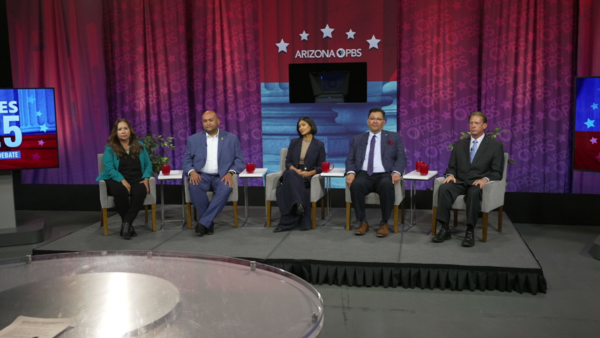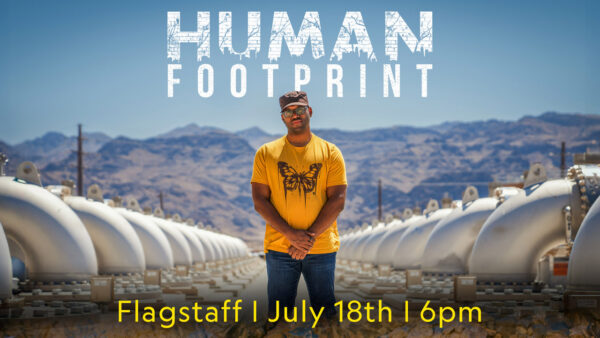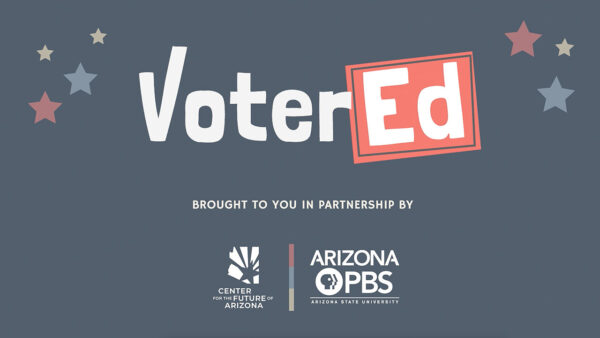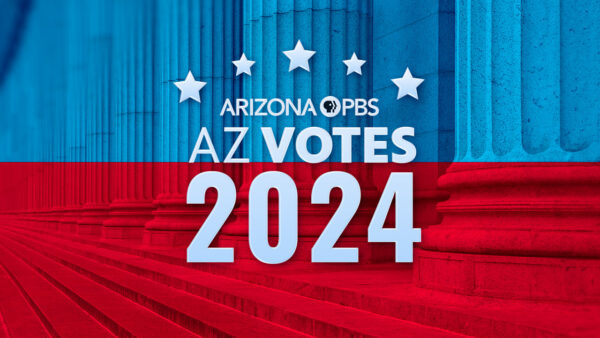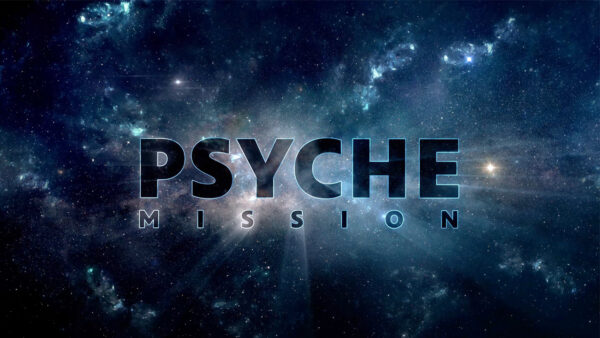The War of 1812
June 12, 2012
– ‘The War of 1812’ Explores the Truth and Mythmaking of History -
Nearly two centuries after it was fought, the two-and-a-half year conflict that forged the destiny of a continent comes to public television in a comprehensive film history. From 1812 to 1815, Americans battled against the British, Canadian colonists, and Native warriors; the outcomes shaped the geography and the identity of North America. This two-hour HD documentary uses stunning re-enactments, evocative animation, and the incisive commentary of key experts to reveal little-known sides of an important war — one that some only recognize for the “Star-Spangled Banner.” The War of 1812 airs Tuesday, June 12, 2012 at 11 p.m. on Eight, Arizona PBS.
The War of 1812 is a celebrated event by Canadians, forgotten by many Americans and British, and dealt a resounding blow to most of the Native nations involved. The film is in many ways an examination of how the mythical versions of history are formed — how the glories of war become enshrined in memory, how failures are quickly forgotten, and how inconvenient truths are ignored forever, while we often change history to justify and celebrate our national cultures and heritage.
‘The War of 1812’ explores the events leading up to the conflict, the multifold causes of the war, and the questions that emerged about the way a new democracy should conduct war. It was a surprisingly wide war. Dozens of battles were fought on land in Canada and in the northern, western, southern and eastern parts of the United States — in the present-day states of Michigan, Indiana, Ohio, New York, Maryland, Louisiana, and Alabama. There were crucial naval battles on Lakes Erie and Champlain, and a wide-ranging maritime struggle with many episodes off Virginia, Massachusetts, Nova Scotia, Cuba, Ireland, the Azores, the Canaries, British Guyana, and Brazil. The U.S. proved surprisingly successful against the great British navy, but the War of 1812 also saw American armies surrender en masse and the American capital burned.
Great characters emerge in the film, including Tecumseh of the Shawnee nation, who attempted to form a confederation of Native nations, and died in battle; his adversary, William Henry Harrison, Governor of the Indiana Territory, whose debatable success at Tippecanoe, Indiana eventually helped him become President of the United States; James Madison, Father of the U.S. Constitution, a brilliant thinker and writer who was not a great President; and such storied Canadian figures as Canadian Governor-General George Prévost, who led the largest army ever to invade the Continental United States; Laura Secord, a Canadian woman who walked many miles to warn the British of an impending American attack; and Major General Isaac Brock, a brave and audacious British general who captured a large American army at Detroit without a fight. The film also recounts dramatic human stories of ordinary citizens, the political alliances of the various Native Americans nations, and the African-American slaves who reached for their freedom by fighting for the British.
‘The War of 1812’ recollects defining moments that are more familiar: the burning of Washington, D.C., and First Lady Dolley Madison’s rescue of a portrait of George Washington from the White House; Andrew Jackson’s total victory at the Battle of New Orleans; and the birth of the American national anthem, penned by Francis Scott Key during the Battle of Baltimore at Fort McHenry. Yet “The War of 1812” pierces the heroic mythology that has grown up around the war to reveal a brutal, spiteful conflict dominated by fiascos and blunders.
The war shaped North America in the most literal way possible: had one or two battles or decisions gone a different way, a map of the continent today might look entirely different. The U.S. could well have included parts of Canada — but was also on the verge of losing much of the Midwest. The New England states, meanwhile, were poised on the brink of secession just months before a peace treaty was signed. However, the U.S. and Canada ultimately each gained a sense of nationalism from the conflict, while the result tolled the end of Native American dreams of a separate nation.
)


